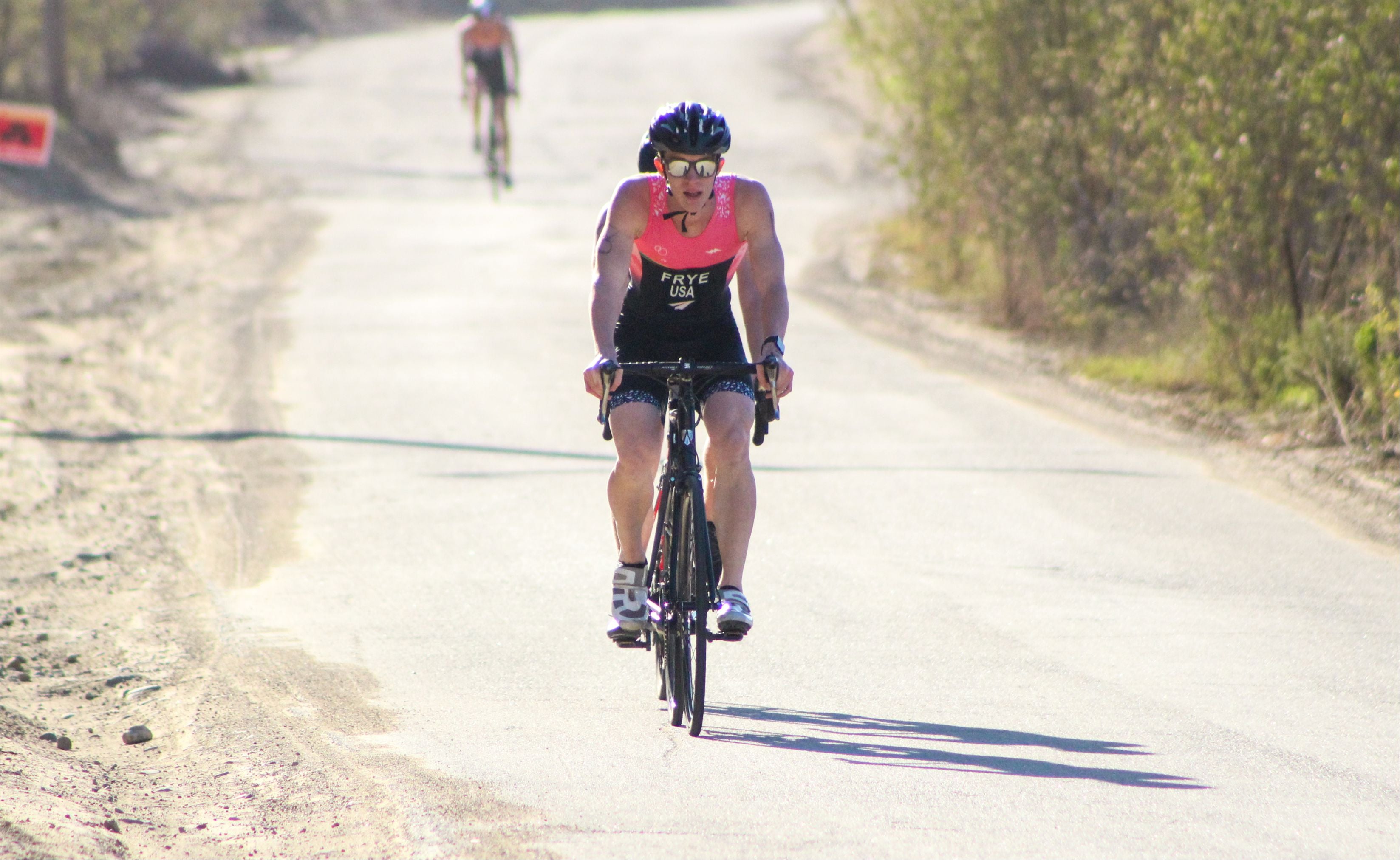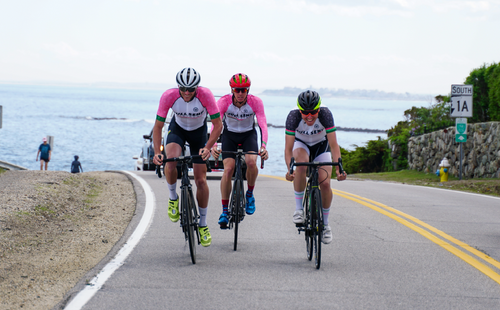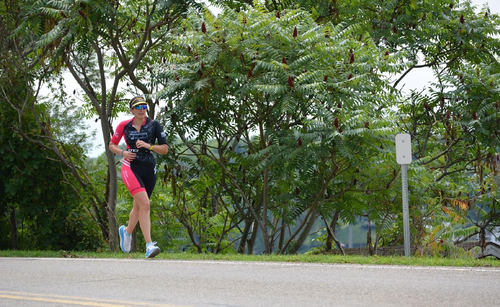Why Triathletes Should Train In Zone 2

@fryecameron (Instagram)
Zone 2 training may not be as satisfying as a grueling interval session, but it’s essential to your success as a triathlete.
For most triathletes, there’s a strong emphasis on increasing speed and pace to “feel the burn.” Unfortunately, while this type of training can help improve overall fitness, it can also lead to overtraining, burnout, or even injury. This is why training zones are becoming increasingly important today.
5 Main Training Zones
-
Zone 1: 50–60% of max-effort (Warmup/recovery)
-
Zone 2: 60–70% of max-effort (Base fitness)
-
Zone 3: 70–80% of max-effort (Aerobic endurance)
-
Zone 4: 80–90% of max-effort (Anaerobic capacity)
-
Zone 5: 90–100% of max-effort (Speed training)
While each training zone has a specific purpose or training benefit, Zone 2 is one of the most important aspects of any training program. Zone 2 training is working in a heart rate or power zone that equates to a steady aerobic effort. A Zone 2 effort is one that you’re able to comfortably maintain a conversation during while also focusing on your rhythm, efficiency, and pace.
As a general rule of thumb, Zone 2 is roughly 85% of your threshold heart rate or 65% of your threshold power.
The Benefits of Zone 2 Training
The primary benefit of training in Zone 2 is that it builds a strong aerobic base and improves endurance while helping to avoid overtraining or injury. An increased aerobic capacity also improves the ability to sustain sub-threshold paces for longer periods of time and can help you recover faster between higher-intensity training sessions.
By sticking to lower-effort sessions (HR or power) over time, most triathletes can increase the pace they can sustain while maintaining the same heart rate effort. Because of this increased aerobic capacity, you’ll be able to log more training hours at a lower heart rate — resulting in better muscular endurance during long-distance races.
In short — Zone 2 training will help you avoid injury, improve aerobic capacity, and best of all, race faster at a lower overall effort. In addition, by training in Zone 2, along with the other zones, you’ll be able to log more hours of training with less negative impact, leading to better times on race day!

@fryecameron (Instagram)
Zone 2 training may not be as satisfying as a grueling interval session, but it’s essential to your success as a triathlete.
For most triathletes, there’s a strong emphasis on increasing speed and pace to “feel the burn.” Unfortunately, while this type of training can help improve overall fitness, it can also lead to overtraining, burnout, or even injury. This is why training zones are becoming increasingly important today.
5 Main Training Zones
-
Zone 1: 50–60% of max-effort (Warmup/recovery)
-
Zone 2: 60–70% of max-effort (Base fitness)
-
Zone 3: 70–80% of max-effort (Aerobic endurance)
-
Zone 4: 80–90% of max-effort (Anaerobic capacity)
-
Zone 5: 90–100% of max-effort (Speed training)
While each training zone has a specific purpose or training benefit, Zone 2 is one of the most important aspects of any training program. Zone 2 training is working in a heart rate or power zone that equates to a steady aerobic effort. A Zone 2 effort is one that you’re able to comfortably maintain a conversation during while also focusing on your rhythm, efficiency, and pace.
As a general rule of thumb, Zone 2 is roughly 85% of your threshold heart rate or 65% of your threshold power.
The Benefits of Zone 2 Training
The primary benefit of training in Zone 2 is that it builds a strong aerobic base and improves endurance while helping to avoid overtraining or injury. An increased aerobic capacity also improves the ability to sustain sub-threshold paces for longer periods of time and can help you recover faster between higher-intensity training sessions.
By sticking to lower-effort sessions (HR or power) over time, most triathletes can increase the pace they can sustain while maintaining the same heart rate effort. Because of this increased aerobic capacity, you’ll be able to log more training hours at a lower heart rate — resulting in better muscular endurance during long-distance races.
In short — Zone 2 training will help you avoid injury, improve aerobic capacity, and best of all, race faster at a lower overall effort. In addition, by training in Zone 2, along with the other zones, you’ll be able to log more hours of training with less negative impact, leading to better times on race day!
SEE WHAT CUSTOM APPAREL LOOKS LIKE

GEAR UP
MORE FROM THE BLOG

This is our reason to exist, our purpose
If the year 2020 teaches us anything, it is that our world needs us to do better. We need to...

Our journey towards becoming Climate Neutral
About us Innerforce was born with one vision: to connect with passionate people who genuinely believe in sports’ power to...

Virtual Racing
The last few months have been challenging for many of us in a variety of ways. I had no idea...

Protein Recommendations in Endurance Sports
Nutrition, in my opinion, is the most important part of any endurance sport. Without proper fueling and hydration, training adaptations...



